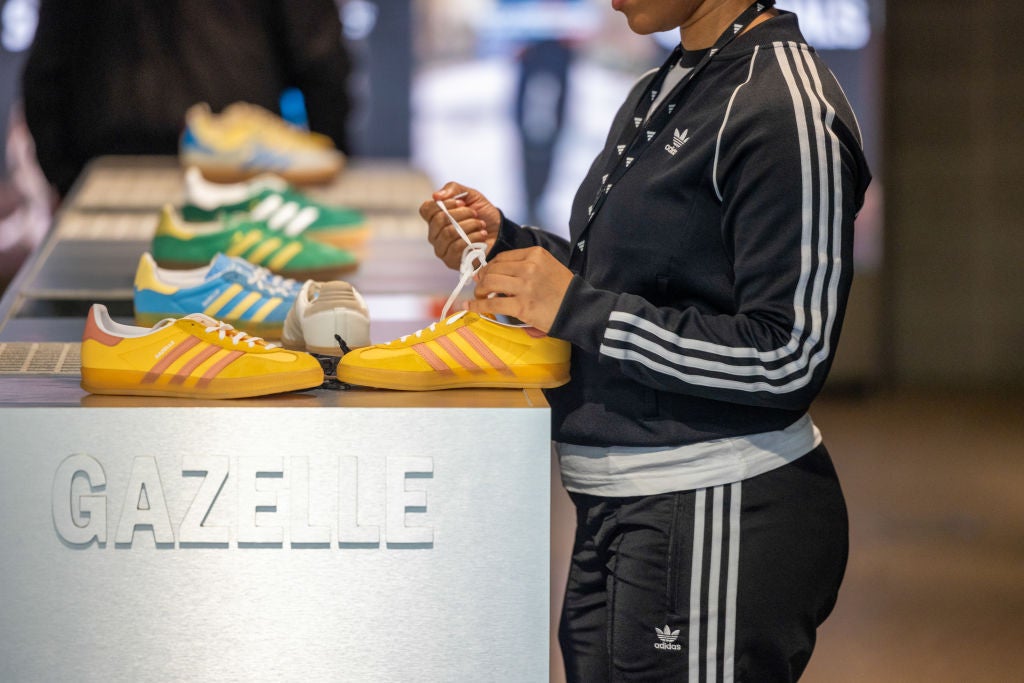
US sportswear brand Under Armour has updated its outlook to predict narrower losses for the full year – but expectations for slow revenue growth in North Amerca in the years to 2023 sent shares in the company tumbling.
The group says operating loss is likely to be between US$40-55m compared with the previous outlook announced in October of US$50-55m. On an adjusted basis, operating income is now expected to reach the $160-$165m range versus the previous $150-$165m range.
The group is presently engaged in a restructuring plan, and in September said this would “simplify the organisation for smarter, faster execution, capture additional cost efficiencies, and shift resources to drive greater operating leverage as we move into 2019 and beyond.”
At the time it axed 400 jobs on top of the 280 it announced in 2017, along with a number of store closures.
Yesterday (12 December) it announced a new strategic growth plan for the five years to 2023 in a bid to deliver sustainable, profitable growth and shareholder value.
2019
How well do you really know your competitors?
Access the most comprehensive Company Profiles on the market, powered by GlobalData. Save hours of research. Gain competitive edge.

Thank you!
Your download email will arrive shortly
Not ready to buy yet? Download a free sample
We are confident about the unique quality of our Company Profiles. However, we want you to make the most beneficial decision for your business, so we offer a free sample that you can download by submitting the below form
By GlobalDataFor 2019 full year operating income is forecast to reach $210-230m. Revenues are expected to be up around 3-4%, reflecting a low double-digit percentage rate increase in the international business and relatively flat results for North America. And earnings per share are expected to be in the range of $0.31 to $0.33; while Capex is planned at approximately $210m.
2023
The group also shared its financial targets for 2023 with revenue expected to return to a low double-digit growth rate by 2023, inclusive of a mid to high single-digit five-year compounded annual growth rate (CAGR), driven primarily by the company’s International and Direct-to-Consumer businesses. Earnings per share are expected to grow at a five-year CAGR of approximately 40%.
“Focusing on sustainable, profitable growth while increasing returns on capital and generating substantial cash will empower our ability to deliver industry-leading innovation, compelling premium consumer experiences and drive toward our targets, while steadily increasing returns to our shareholders,” the company said.
Analysts, however, have divided views, and shares tumbled in early trade on Wednesday by more than 11% to US$19.65 as the company said it expects compound annual revenue growth in the low single digits in North America between 2020 and 2022.
Susan Anderson of B. Riley believes 2019 estimates need to come down. “Overall, guidance supports our belief that a turnaround is still a way off and that 2019 numbers will likely need to come down in order to reflect the pushed out recovery. Due to UAA’s reliance on the off-price channel for clearing excess inventory throughout 2018, we are sceptical of UAA’s ability to meaningfully inflect top-line growth in the near term.”
She adds management is relying too heavily on footwear growth “particularly in international markets which is one of the weaker areas of the business and more difficult to get right.”
On the other hand, Cowen’s John Kernan commended the group’s “impressive” presentation, most notably its go-to-market process which has “radically improved.”
“The company has dramatically refined go-to-market process which has reduced the entire process by five months (from 17 months to 12) and helped create a more consumer-centric approach. The company used exhaustive surveys to define who the target consumer is and to strengthen the brand position. The company is now managing the marketplace with discipline and consistency.”
Kernan adds Under Armour has made “significant headway” in SKU rationalisation, reducing lead times and its vendor base, which sets up the company to improve the trajectory of its inventory turns and working capital management.
“SKU count is now down 40%, vendors have been decreased by 30%, countries of manufacture are down by 20% and materials are down 75%, reducing supply chain complexity and improving margin.
“With supply chain investments, UAA has reduced its lead time by 20% in the past 18 months, providing faster speed to market. Further costs are expected to be taken out of the supply chain through 2023, driving optimisation higher, and management is now targeting inventory turns to increase to 3.2x from an estimated 2.5x in FY18.”







